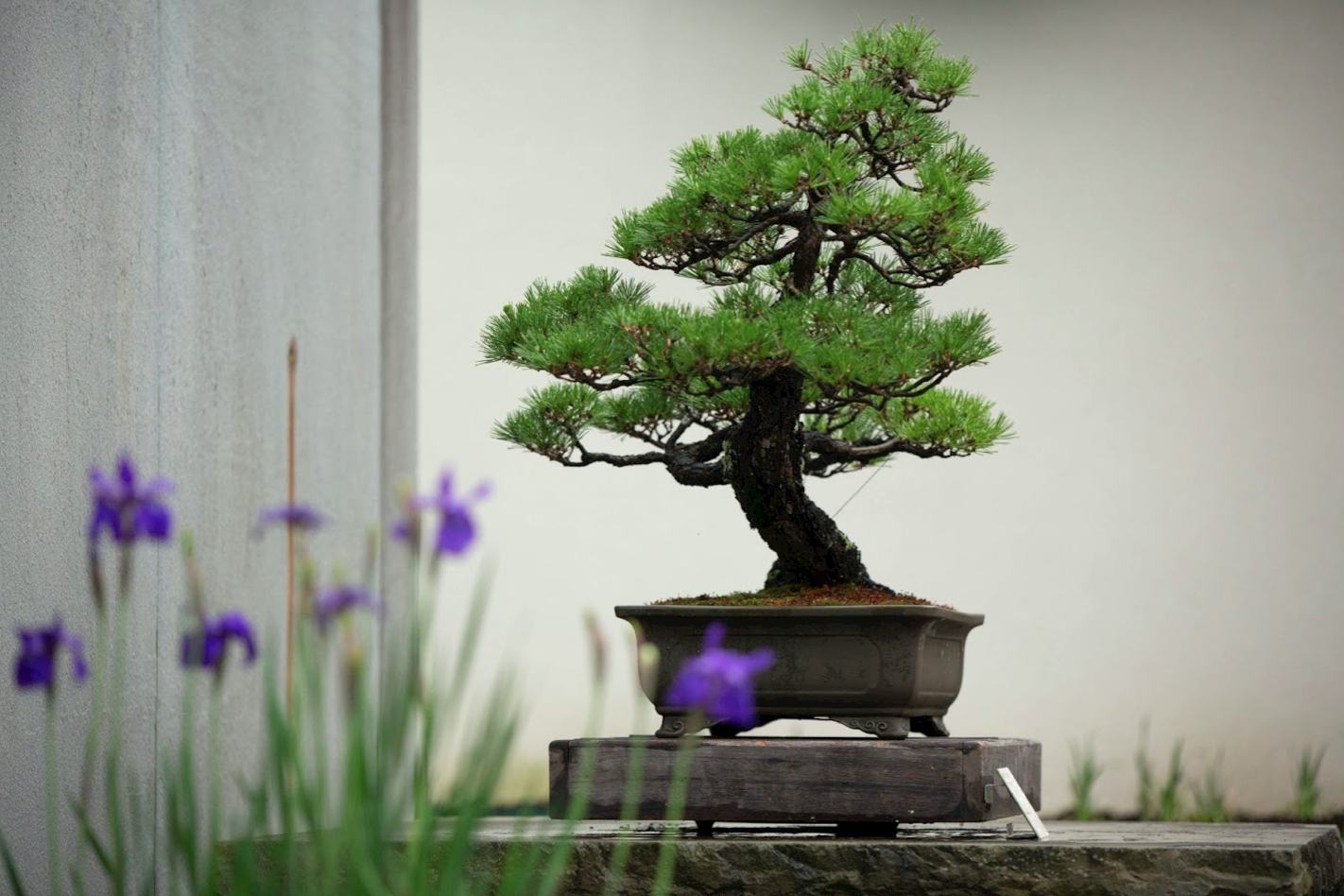A history of the celebration and influential figure behind it
Did you hear how we’re celebrating World Bonsai Day? Learn more about the National Bonsai Foundation’s online festivities planned for May 8th, including a scavenger hunt, trivia, greetings from bonsai gardens around the world – including our Sister Museum, the Omiya Bonsai Art Museum – and more!
Bonsai is an opportunity to separate from the anxieties of the world – a chance for bonsai artists or those admiring trees to practice mindfulness, form new friendships and appreciate the natural world.
In many ways, we have been operating with this same mentality throughout the global pandemic. This extra time has given us the space to reflect on what truly matters, engage with nature and reconnect with people in new ways.
This echoes the vision of bonsai master Saburo Kato, known as the father of World Bonsai Day. But who was Master Kato, and what is the meaning behind this global celebration?
The Museum renamed the pathway leading to the Japanese Pavilion as the Kato Family Stroll Garden in the early 2000s. Above, Kato walks through the garden at the rededication ceremony.
Kato was born on May 15, 1915, and grew up learning the art of bonsai from his father at the family’s bonsai nursery Mansei-en in Omiya Bonsai Village in Saitama, Japan. He particularly worked with Ezo spruces, his father’s favorite, and later published a book titled “Forest, Rock Planting and Ezo Spruce Bonsai,” which the National Bonsai Foundation (NBF) reprinted in English in 2001.
Kato was a founding member of many bonsai groups, including the Nippon Bonsai Association (NBA) and Japanese Bonsai Union. He worked with NBA directors Nobukichi Koide and Fusazo Takeyama to publish “The Masters Book of Bonsai” in 1967.
Kato was an instrumental partner in facilitating Japan’s Bicentennial gift to the United States in 1976. These 53 bonsai and six viewing stones formed the beginning of the National Bonsai & Penjing Museum on the grounds of the U.S. National Arboretum.
In 1980, the International World Bonsai Convention was held in Hawaii, and Kato was invited to give a speech. His words that year emphasized the idea of “bonsai no kokoro,” or “the spirit of bonsai.” This Japanese term expresses the idea that practicing the art and horticulture of bonsai raises one’s awareness of the beauty and fragility of nature and opens up one’s consciousness to the wonders of the natural world.
Kato stands next to his Ezo spruce forest planting.
Kato repeated this sentiment in many subsequent speeches, inspiring bonsai artists around the globe to unite in the brotherhood of bonsai. In 1989, he co-founded with John Naka and Ted Tsukiyama the World Bonsai Friendship Federation (WBFF), which exists to bring peace and camaraderie to the world through this art form.
After Kato passed in 2008, WBFF established World Bonsai Day to pay homage to Kato and his efforts to promote international peace and friendship through bonsai. The first event was held in 2010, and the day is now celebrated on the second Saturday of May each year, to coincide with Kato’s birthdate.
Since its inception in Japan, WBFF has established centers around the globe to link public bonsai collections together. One operating criterion for these centers is to formally recognize World Bonsai Day.
Left: the WBFF World Bonsai Day logo. Right: A display from past celebrations at the Museum.
While World Bonsai Day celebrations offer a platform for artists to appreciate and recognize bonsai, the event also promotes bonsai and these sentiments to members of the general public who are not as familiar with the ancient art.
The National Bonsai & Penjing Museum and Arboretum normally host visitors to celebrate World Bonsai Day with tree demonstrations, Museum tours, raffles and a special display of one of Kato’s trees. Although we yearn to share the beauty and history of the Museum’s national collection with you in person, NBF is again holding festivities solely online this year to ensure the health and safety of visitors and staff.
Head to our homepage Saturday, May 8, 2021, to celebrate World Bonsai Day with us. Hint: The trivia will be very easy if you read this blog!





